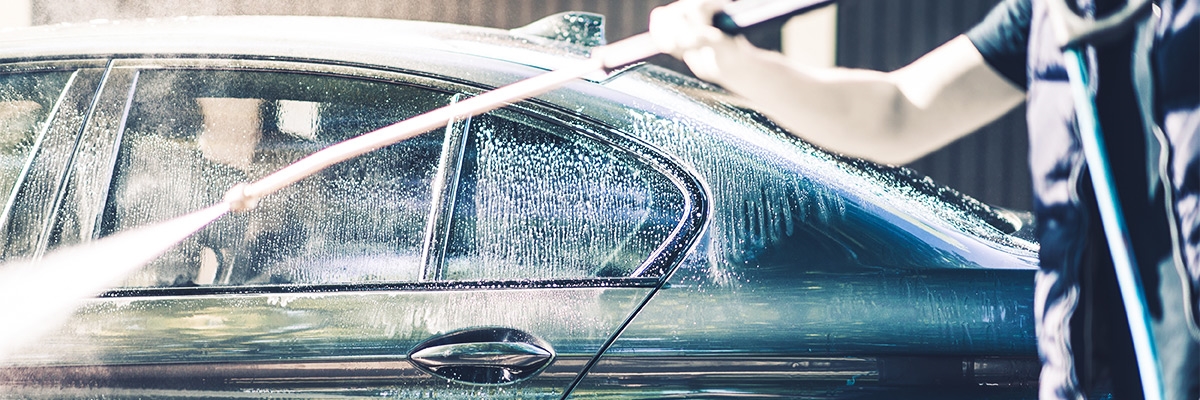How to Clean & Sanitize Your Volkswagen

How We Clean & Sanitize Your Car
At Volkswagen of Orland Park, we fully understand the concerns our customers have about exposure to germs in their vehicle. Reducing the risk of germ exposure outside the home is important; and while taking added safety measures is key, everyone should also pay attention to outside items that are entering the interior of their vehicle. Since germs can often live on surfaces for an extended period of time, that means that you should be sanitizing the interior of your car to kill any germs it may have collected on your last visit to the grocery store or pharmacy.
What’s the Best Way to Sanitize My Car’s Interior?
Always wash your hands before you begin sanitizing your vehicle. Disposable gloves are also great to put on if you have them. Most common EPA-registered household disinfectants will work well for sanitizing your vehicle. Just be sure to read the product’s label to make sure it’s safe for the surface you’re planning to use it on. If you’re able to, keep a small bottle of hand sanitizer and disinfectant wipes on hand, too, in order to frequently wipe down the interior of your vehicle.
How to Disinfect Surfaces in My Car?
The most important areas of your Volkswagen to keep clean are the dashboard and the steering wheel. Bacteria tends to collect in these spots, as air is cycled throughout the vehicle. To clean your dash, simply use soap and water. Dish soap also works; all you need to do is dampen the surface and scrub for 20-30 seconds. You’ll want to focus on the dash, steering wheel and other high-touch areas, which include:
- Door Handles
- Door Buttons
- Key Fob
- Steering Wheel
- Inside Door Buttons
- Seat Belts
- Gear Shifters
- Touchscreens
- Buttons on the Dash
- Buttons for Lights
- Buttons for Windshield Wipers
- Glove Compartment
Do I Need to Disinfect My Car’s Exterior?
Due to weather elements and the sun, germs are less likely to live on the outside of your vehicle. However, it’s still smart to frequently wipe down high-touch areas like your gas cap, handle buttons and door handles.
Are There Disinfectants I Should Avoid Using in My Car?
If you want to avoid damaging your Volkswagen’s interior surfaces, don’t use bleach or hydrogen peroxide to disinfect. These can damage the vinyl and plastics in your cabin. You should also avoid any ammonia-based cleaning products used to clean glass, as they can break down the vinyl on the dashboard. Heat and light may then cause your dashboard to become sticky.
How to Clean Leather Seats in My Car?
Leather seats can be delicate, so you’ll always want to do a spot test on a hidden area before using any type of leather cleaner. This will ensure you aren’t blemishing any surfaces. Use a microfiber cloth while cleaning, too, as this will prevent scratching the leather. A mixture of two parts vinegar and one part water is an ideal DIY leather cleaning solution, and be sure to apply a leather conditioner after cleaning if you can.
If you have any questions about car care or need assistance, please don’t hesitate to reach out to our Volkswagen dealership in Orland Park, IL.
